Building Like Nature: Exploring Biomimicry in Architecture
Building Symphony with Nature
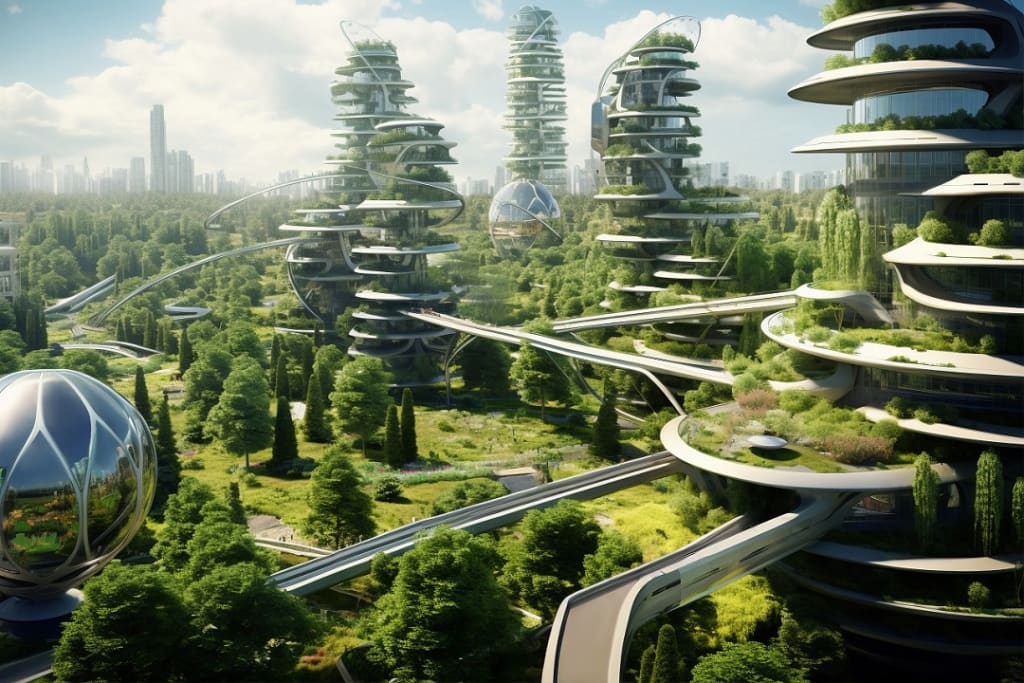
Have you ever looked at a spiderweb and marveled at its strength? Or admired the way a termite mound maintains a cool temperature even on scorching days? These wonders of nature hold valuable lessons for human design, and that's where biomimicry comes in.
Biomimicry: Nature's Blueprint for Sustainable Design
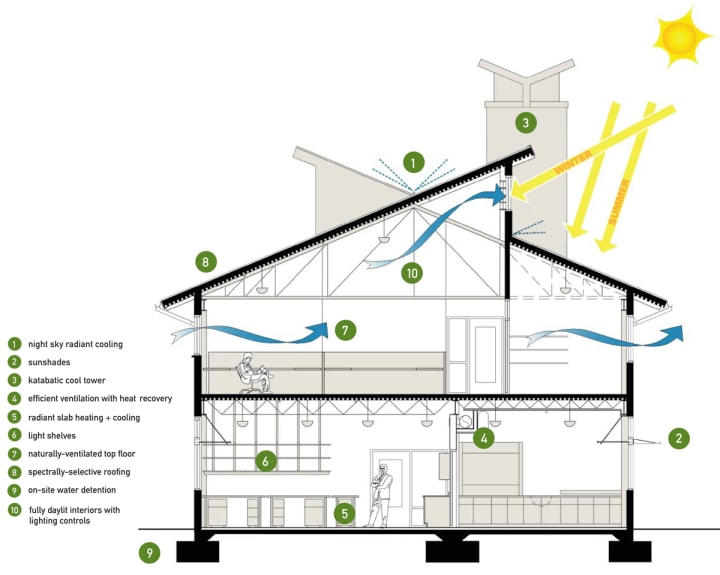
Biomimicry, derived from the Greek words "bios" (life) and "mimesis" (imitation), is the practice of learning from and imitating nature's designs and processes. In the realm of building design, this translates to creating buildings inspired by natural forms and functions to achieve a more sustainable and harmonious built environment.
Biomimicry offers a compelling alternative to traditional design methods, promoting a more sustainable and harmonious relationship between buildings and the natural world.
Also would you like to explore Biomimicry in Architectural Design Solutions
Key Areas Where Biomimicry Orchestrates Innovation
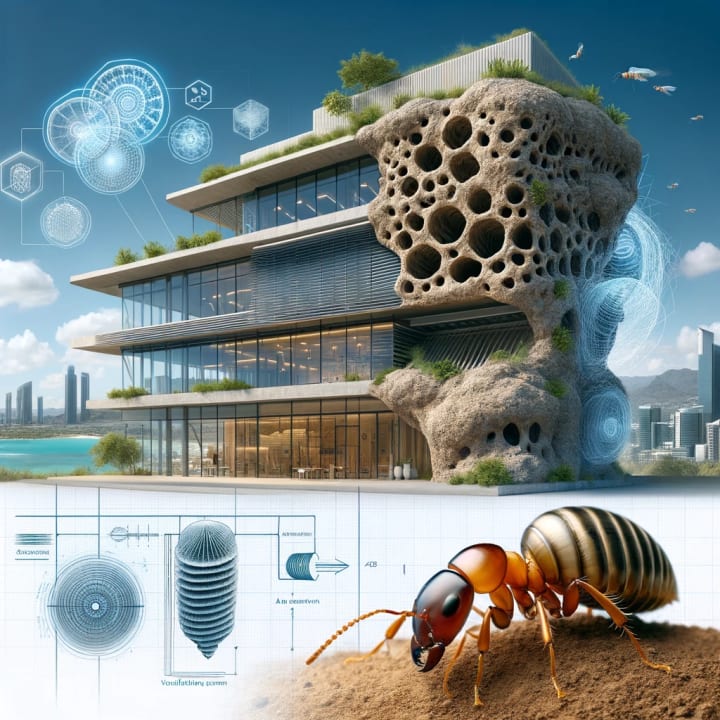
The beauty of biomimicry lies in its wide-ranging applicability. Here are some key areas where biomimicry is transforming building design:
Structure: Nature is a master of creating strong yet lightweight structures. Buildings can mimic the branching patterns of trees, with columns mimicking the tapered trunks and beams mimicking the branching structure. This approach, seen in the Nairobi International Airport, optimizes strength-to-weight ratio, reducing material use and construction costs.
Additionally, the honeycomb structure of beehives, with its exceptional strength and minimal material usage, can inspire the design of lightweight yet sturdy building panels.
Climate Control: Imagine buildings that regulate their own temperature like termite mounds. These remarkable structures maintain a cool and constant internal temperature despite scorching desert heat. Biomimicry can inspire the design of buildings that utilize natural ventilation strategies, like strategically placed vents and chimneys, to achieve passive cooling.
Additionally, studying the self-cleaning lotus leaf, with its water-repellent and dirt-shedding surface, can lead to the development of self-cleaning building facades that reduce maintenance needs and energy consumption.
Energy Efficiency: Leaves are nature's powerhouses, efficiently converting sunlight into energy through photosynthesis. Biomimicry can inspire the development of more efficient solar panels that mimic this process. Additionally, bioluminescent organisms, like fireflies, can inspire the use of sustainable lighting solutions that generate light without electricity.
Resource Management: Closed-loop ecosystems, where waste from one organism becomes food for another, offer a model for sustainable resource management in buildings. Biomimicry can inspire the design of buildings that minimize waste generation and maximize resource efficiency through rainwater harvesting, greywater recycling, and composting systems.
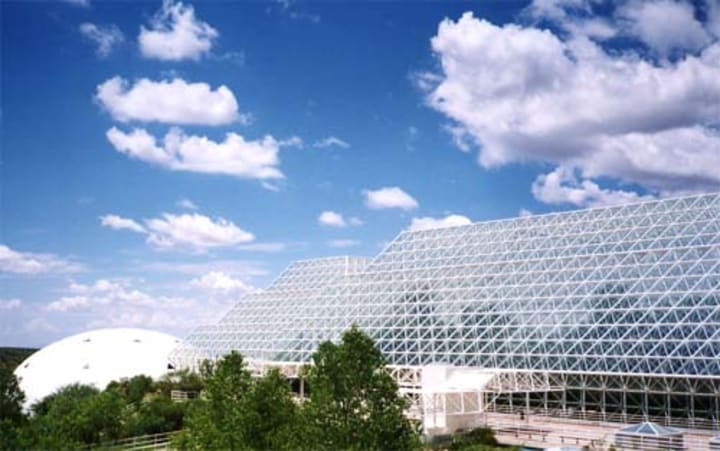
Natural water filtration systems, like those found in wetlands, can be mimicked for wastewater treatment in buildings, reducing reliance on energy-intensive treatment processes.
Benefits of Building in Harmony with Nature

By embracing biomimicry, we can create buildings that offer a multitude of benefits, including:
Sustainability: Biomimicry can help us design buildings that are more energy-efficient, reduce water consumption, and minimize waste generation. This aligns perfectly with the growing need for sustainable construction practices to combat climate change.
Durability: By learning from nature's resilient designs, biomimicry can lead to the development of strong, lightweight, and long-lasting building materials and structures that can withstand harsh environmental conditions.
Improved Indoor Environment: Buildings designed with biomimicry principles can be naturally well-lit, ventilated, and comfortable, promoting occupant health and well-being. Studies have shown that access to natural light and ventilation in buildings can improve cognitive function, reduce stress, and even boost productivity.
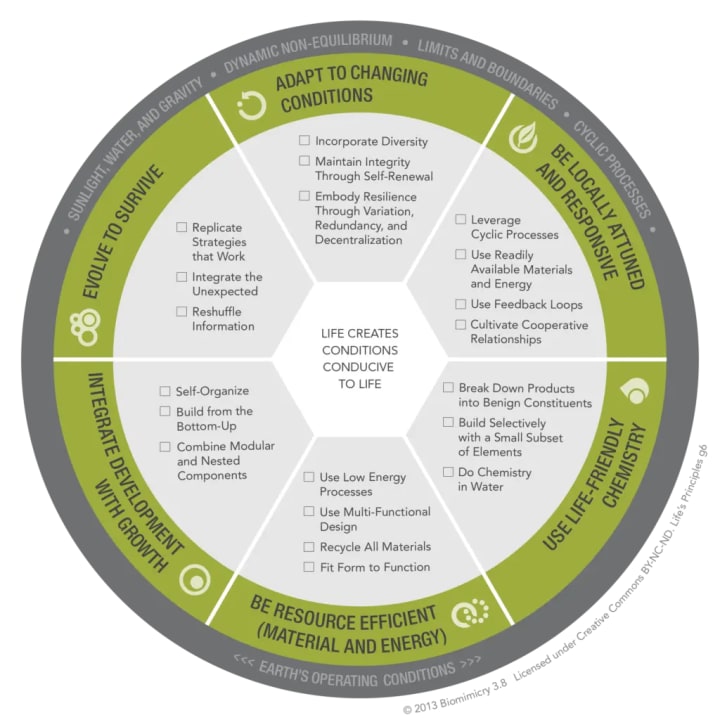
Innovation: Biomimicry fosters a constant process of learning from nature, pushing the boundaries of design and construction techniques. This continuous innovation can lead to the development of new sustainable materials, construction methods, and building systems.
Challenges and Considerations: Bridging the Gap Between Nature and Built Environment
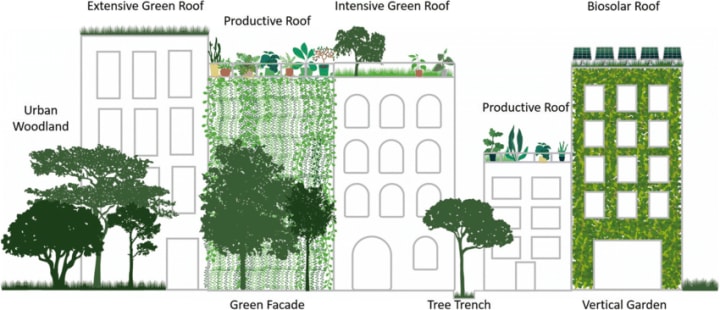
While biomimicry holds immense potential, there are challenges to consider before we can fully integrate it into mainstream building practices:
Complexity of Natural Systems: Nature's designs are often intricate and involve complex interactions between different elements. Translating these intricate systems into functional building components can be a complex engineering challenge.
Material Science: Mimicking some of nature's most remarkable materials with current technology can be difficult or expensive. For instance, replicating the strength-to-weight ratio of spider silk or the self-healing properties of some mollusk shells requires significant technological advancements.
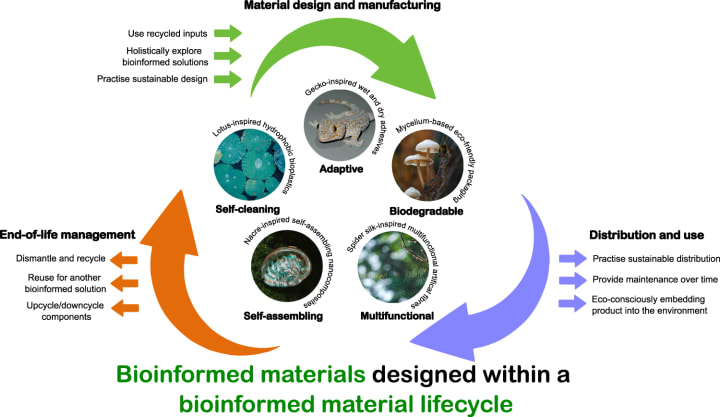
Initial Investment: Biomimetic designs may require higher initial investments compared to traditional methods. This can be a barrier for some projects, particularly those with tight budgets. However, the long-term benefits of biomimicry, such as reduced energy costs and lower maintenance needs, can often offset the initial investment.
The Future of Biomimicry in Buildings: A Symphony of Sustainability
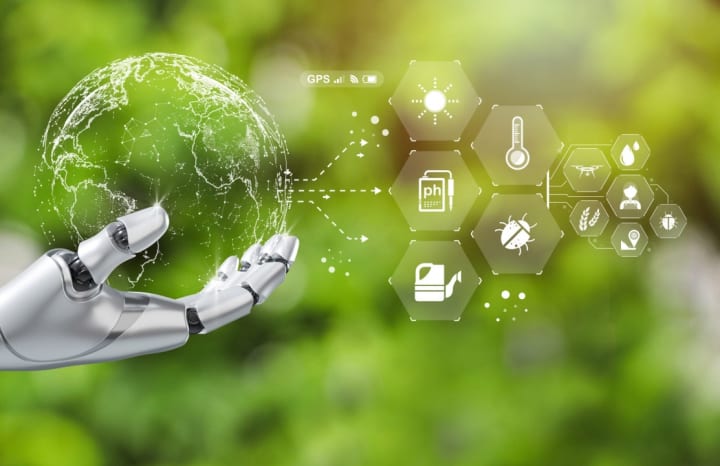
Despite the challenges, biomimicry is a rapidly growing field in architecture with immense potential to revolutionize the way we design and build. As technology advances and our understanding of nature deepens, we can expect to see even more innovative and sustainable buildings inspired by the natural world.
Here are some exciting trends shaping the future of biomimicry in building design:
Computational Design: Advanced modeling and simulation tools allow architects to mimic complex natural processes and optimize building performance. For instance, computational design can be used to model airflow patterns inspired by termite mounds to create buildings with natural ventilation.
Bio-inspired Materials: Advancements in material science are leading to the development of new materials that mimic the properties of natural materials. For example, researchers are developing self-healing concrete inspired by the regenerative abilities of bones, and bio-composite materials derived from natural fibers like cellulose.
Integrated Systems: Biomimicry is moving beyond mimicking isolated elements of nature. We are seeing a shift towards designing buildings as integrated systems that function in harmony with their environment, similar to how ecosystems function in nature. This holistic approach can lead to buildings that are not only energy-efficient but also support biodiversity and contribute to a healthier environment.
Conclusion: Building a Future Inspired by Nature
By embracing biomimicry, we can design buildings that are not only functional and aesthetically pleasing but also exist in harmony with the environment.
Biomimicry offers a powerful tool for creating a more sustainable future, where buildings become not just places to live and work, but integrated parts of a thriving ecosystem.
As we continue to learn from nature's wisdom, the possibilities for biomimetic architecture are truly endless. The future of building design lies in mimicking the symphony of nature, where every element plays a crucial role in creating a harmonious and sustainable whole.
Further Reading
About the Creator
Matt Sharon
A professional content writer. Having years of experience in Technology, health, finance, and construction and real estate field. Writing is my passion and I love to play with words Confidently.
Enjoyed the story? Support the Creator.
Subscribe for free to receive all their stories in your feed. You could also pledge your support or give them a one-off tip, letting them know you appreciate their work.


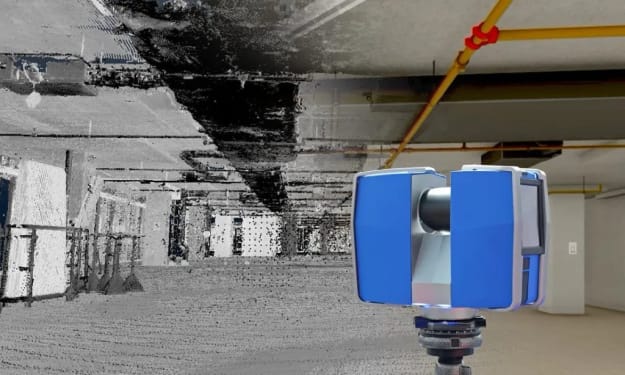



Comments (1)
Biomimicry is still a relatively new field, but it has the potential to revolutionize the way we design and build our buildings. As we continue to learn from nature, we can expect to see even more innovative and sustainable buildings in the years to come.